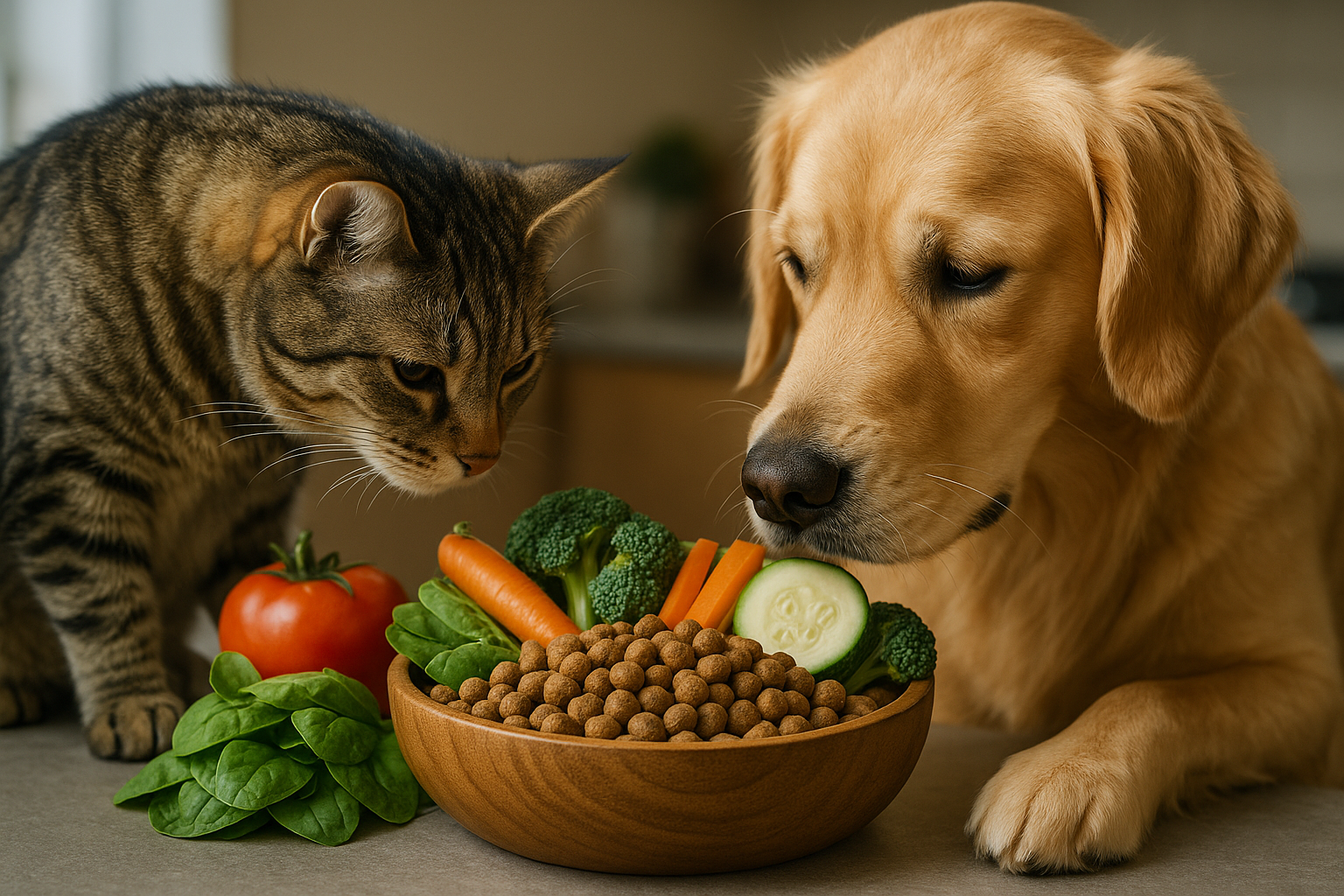Pet Food Essentials: Nutrition, Sourcing, and Farm Ingredients
Choosing the right pet food affects your animal’s daily energy, long-term health, and quality of life. Pet owners face many options: commercial dry or wet feeds, formulas with chicken or other proteins, bulk purchases for farm animals or multiple pets, and homemade preparations. Understanding ingredient lists, nutrient balance, and safe handling helps you make informed decisions for dogs, cats, and other companion animals while keeping practicality in mind.

This article is for informational purposes only and should not be considered medical advice. Please consult a qualified healthcare professional for personalized guidance and treatment.
How does chicken contribute to pet nutrition?
Chicken is a common protein source in pet food because it supplies essential amino acids that support muscle maintenance, immune function, and overall growth. Lean chicken provides digestible protein and is often used in diets for various life stages. Some pets with food sensitivities may react to chicken proteins, so rotating proteins or choosing limited-ingredient diets can be helpful when working with a veterinarian. Whether listed as “chicken,” “chicken meal,” or “poultry,” terms indicate different concentrations of protein and moisture; meals tend to be more concentrated sources of nutrients per weight than fresh meat.
What should be in a balanced feed?
A balanced feed provides the right mix of protein, fat, carbohydrates, vitamins, and minerals for an animal’s life stage and activity level. Look for feeds formulated to recognized nutritional standards and that list a named protein and sources of essential fatty acids. For companion animals, life-stage labels (puppy/kitten, adult, senior) and guidance from a veterinarian help match nutrient density. For poultry or farm animals, formulations differ—layers, broilers, and breeders have distinct nutrient profiles. Reading guaranteed analysis and ingredient order can clarify whether a feed meets your pet’s needs without relying on marketing claims.
When does buying in bulk make sense?
Purchasing feed in bulk can reduce unit cost and simplify supply for multi-pet households or farms. Bulk buying is often practical for dry kibble, pellets, or whole grains that have long shelf lives when stored correctly. Consider shelf life, storage conditions (cool, dry, pest-free), and how quickly your animals consume the feed—stale or rancid fats in large bags can reduce palatability and safety. For pet owners, small-scale bulk (larger bag sizes) may offer savings, while farms often order feed in larger quantities and should ensure rotation and proper containment. Assess local services for bulk delivery or on-farm storage options to maintain feed quality.
How does poultry sourcing affect quality?
The origin of poultry ingredients affects traceability, safety, and nutritional consistency. Poultry raised under transparent farm practices—clear labeling about processing, use of by-products, and biosecurity—can make ingredient sourcing easier to evaluate. Ingredients described as “poultry” may combine several bird sources or by-products; “chicken” or “turkey” specifies the primary animal. For sensitive animals, knowing whether poultry was raised with or without certain additives may matter. Farm-to-feed traceability and reputable suppliers can reduce variability in batches and help owners address concerns about contaminants or inconsistent ingredient levels.
What to consider on the farm and for homemade diets?
When preparing homemade pet or farm feeds, balance and safety are paramount. Home-formulated diets require precise nutrient ratios—deficiencies or excesses (for example, in calcium, phosphorus, or vitamin balance) can harm growth or health over time. Food safety steps are also essential: avoid cross-contamination, store raw ingredients properly, and follow safe handling to minimize bacterial risks. For poultry on a farm, maintain biosecurity to protect flock health when using feed or kitchen scraps. Consulting an animal nutritionist or veterinarian for recipe formulation and regular health checks helps ensure homemade diets meet nutritional requirements.
Conclusion
Selecting pet food involves evaluating ingredients, nutrient balance, sourcing transparency, and practical factors like storage and consumption rates. Chicken and other poultry proteins are common and nutritious when appropriately processed and matched to an animal’s needs. Bulk buying can be economical if storage and shelf life are managed. Whether choosing commercial feeds or preparing diets on a farm, rely on established nutritional guidance and professional advice to ensure pets receive safe, complete nutrition.






